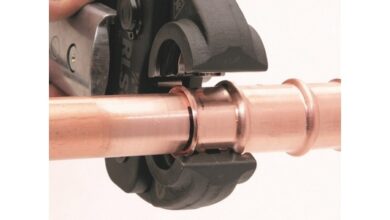Seresco Opens Indoor Pool Dehumidifier Training for HVAC/R Contractors, Facility Operators
Seresco Technologies, Ottawa, Ontario, has opened the Seresco Dehumidifier Training and Certification School, a two-tiered training course on mechanical dehumidification and natatorium operation. The course targets both facility maintenance personnel overseeing indoor pool dehumidifiers and HVAC/R contractors servicing them.
The program’s Level 1 is a free online course designed as a primer for facility maintenance personnel, facility managers and a prerequisite for HVAC/R service techs planning Level 2 certification. Level 1 requires 10-20 hours of basic dehumidifier and natatorium principles and operation followed by an optional online test and official certification. Login, registration and additional information is available at service.serescodehumidifiers.com.
Level 2 is a two-day, $500 course for only EPA or ODP-certified HVAC/R techs. It’s conducted at Seresco’s Ottawa headquarters and consists of both classroom instruction and hands-on dehumidifier training from the production floor. The training is taught by Jerry Choate, Seresco factory service technician and a 37-year refrigeration industry veteran, and Sergiy Kovalov, Seresco’s quality assurance manager, who holds a mechanical engineering degree from the University of Toronto.
Technicians completing Level 2 receive a certificate, a preferred technician listing on Seresco’s website and dehumidifier service customer referral requests in their geographical territory. “Our goal is to have certified techs across North America we can refer service to and help expand their businesses,” said David Lucas, president, Seresco Technologies.
Four classes will be announced soon for 2017. For more info, visit: www.serescodehumidifiers.com.



